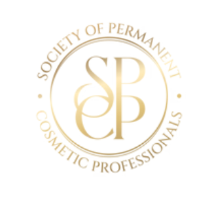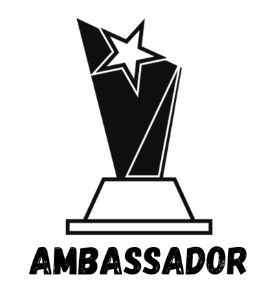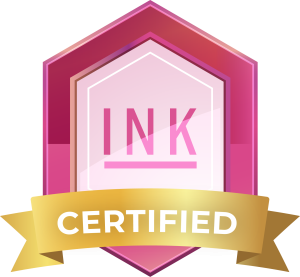Table of Contents
Every business has a brand... good, bad or mediocre. Your brand is how people identify you. A brand is defined as the “name, term, design, symbol, or any other feature that identifies a seller’s goods or services as distinct from others,” according to the American Marketing Association.
Your brand represents how people see you. It includes every aspect of your physical set-up. Location, appearance, colors, textures, style, sign, font, every detail. How people see you also includes your values, purpose, strength, and passions. It’s how you communicate those values with others.
Think of Coca-Cola. Even with your eyes closed, you can see the logo, colors, unique shape of the bottle. But you see a lot more. You see people. Young people having a lot of fun. Coca-Cola is all about fun, socializing and sharing.
Brands include the emotions your customers feel when they interact with your business. Sophisticated and professional. Warm and fuzzy. Uplifting and fun. Think of it as how a customer might describe your business to a friend.
Corporate branding specialist, Jean-Noel Kapferer created a helpful branding model. Called the “Brand Identity Prism”, it illustrates six aspects of brand identity.
The physical aspect, what we see as we approach and enter. It also includes a logo, design packaging, online space, and community.
The brand’s character. How it communicates to outsiders. Choice of wording, design style, color scheme all is part of this.
This is the value system and principles your business bases its behavior on. Business structure and organization are closely tied to its culture.
Refers to the relationship between people that a brand (business) might symbolize. Sisters’ Salon is one example. Super Cuts is a less directly stated relationship. Sports Cuts represents fun, casual friendly relationships.
This refers to the image of the consumer. If you were to stereotype your ideal customer, create an avatar for them, what would they look like?
You will have many buyer types. But there is an ideal client. He/she is your top consumer. Your target group will be broader. Your reflection should focus on this ideal client.
Self image
Your ideal client holds this image of him /her self. You market to this self-image. Use it to guide your advertising, social media, brochure appearance, and content. The better you know this client, the higher your return on marketing investment will be.
Think again of Sports Cuts. They don’t just market to men; they market to how those men see themselves.
To define your brand, you need to get a clear picture of the purpose and place of your business. The SWOT analysis can help. To do a SWOT analysis, involve everyone in your company.
Also, include your best customers. For best results, also ask some worst customers. SWOT analysis is done in the form of a survey. The survey asks questions about each aspect of SWOT. You can create it yourself, or have it done by an outside firm that specializes in this.
Here is what each letter stands for:
Start by creating a list of simple questions. What services does your business offer that others don’t? What do you do better than your competition?
Cover offerings, appearance, cleanliness, hours, staff friendliness or team spirit. Professionalism, products, Facebook page, website. Make it short answers to increase participation. Reward those who take the time to help.
Once you have the answers, your team should be able to review them and look at your position. There may be opportunities for enhancement. Understanding of your SWOT will help you define your brand.
Creating a business identity is a five-step process. It will define what your business brand stands for. Goals, personality, emotions you want your guests to experience when in contact with you. It also is a clear positioning statement.
This describes what you want your company to become. One simple sentence. Not how. Focus on your long-term dream of what it will be. Keep in mind:
This defines your company purpose. Keep it simple, straightforward, easy to grasp. It should be motivational to staff and guests. Think about:
This refers to those emotions you want your guest to feel when they interact with you. Your essence is your company’s heart, soul, and spirit. Make it ONE word. Consider:
A business’ personality describes how the brand speaks, behaves, thinks, acts, and reacts. Apply human characteristics to your business and describe it. What personality do you want to put forth?
Your USP positions your brand. It is one or two sentences. Your USP clearly states your unique value and how it benefits customers. It must define your audience, market segment and a clear benefit that sets you apart. It also needs to instill confidence that it will deliver on its promise. Consider these:
It takes a time and effort to accomplish this. But it pays back in big dividends. Need inspiration – look at Disney. They have done branding to the nth. Every single member of their team is trained to a solid understanding of what their brand is. That’s what makes them the Magic Kingdom and unique from every other theme park in the world.
Is it time for you to up your game? It will make every marketing effort you do more successful. Your physical business, website, Facebook, Google and all the others match. Customers will get the identical message on all fronts. They will know better who you are and why they should choose YOU.
 Judith Culp Pearson receives three top honors
Judith Culp Pearson receives three top honors
at the annual Society of Permanent Cosmetic Professionals in
Ft. Worth, Texas - October 7-9, 2023




